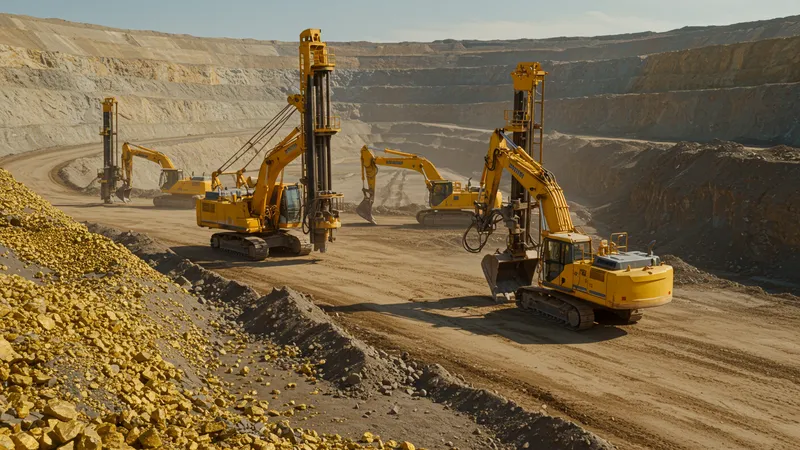
Gold Mining Machinery: Essential Equipment For Modern Gold Extraction
Did you know that modern gold mining machinery has revolutionized gold extraction, making it more efficient than ever before? This essential equipment is not just about digging deeper into Earth’s crust; it’s about transforming the entire process of gold mining.
With gold prices soaring, understanding the machinery behind its extraction is crucial. From new technology innovations to surprising techniques, now is the time to unveil the secrets of how these machines operate and why they’re vital in today’s economy.

- Excavators: Widely used by top mining firms, capable of scooping 2,000 cubic yards daily. Starting at $250,000. Caterpillar
- Gold Wash Plants: Known to enhance gold yields significantly, with some models starting at just $50,000. MSI Mining
Despite the common perception, gold mining machinery isn’t just for large-scale operations. Many small enterprises are leveraging these tools, drastically changing their output. But that’s not even the wildest part—some machines can detect gold that human eyes cannot see, revolutionizing traditional mining.
However, with advancements come challenges and surprising consequences. Some mining equipment is becoming more autonomous, requiring fewer humans on site, which could change the industry’s workforce dynamics. But that’s not even the wildest part…
What happens next shocked even the experts…